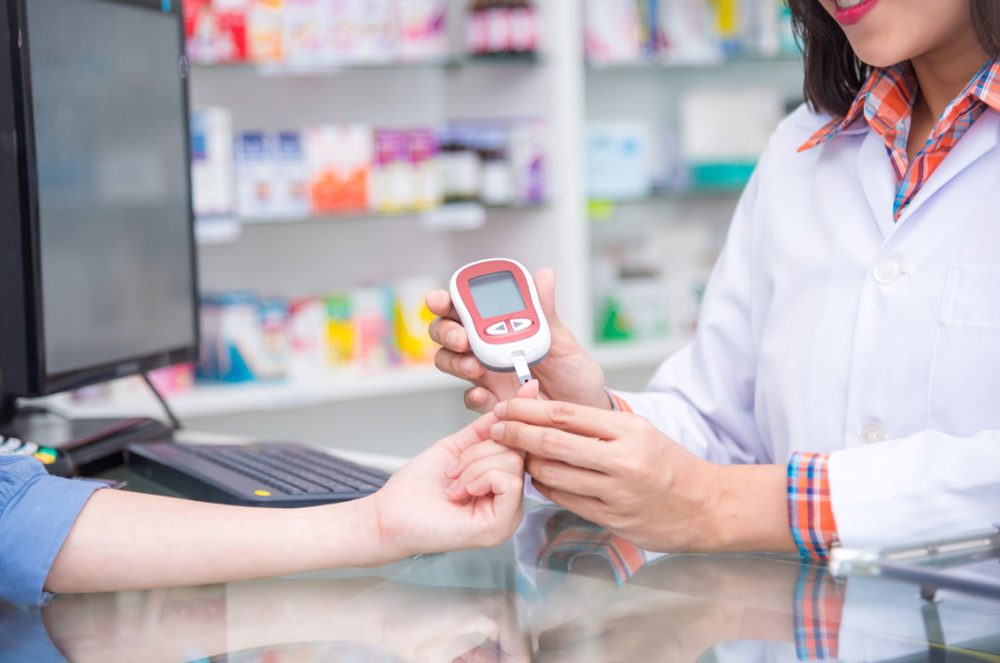Advertisment
Pharmacist-led intervention can improve medication adherence among Latinos with type 2 diabetes

UCLA-led research suggests that diabetes control can significantly improve for Latinos when a pharmacist implements an intervention that addresses these patients’ barriers to medication adherence.
In this pharmacist-led intervention, pharmacists reviewed the patients’ lab results, vital signs, and barriers to adherence. They then used this information to design a personally-tailored intervention to boost medication adherence and optimize the treatment regimen.
The study is the first to evaluate a collaboration between pharmacist and physicians aimed at improving diabetes care in a large healthcare system among Latino patients, said study lead Dr. Kimberly Narain, assistant professor-in-residence of medicine, division of general internal medicine and health services research, at the David Geffen School of Medicine at UCLA. It uses research methods that account for differences between the people that did and did not receive this collaborative care.
While all patients were eligible for this intervention, the researchers examined only the Latino subset for this study, she said.
“These findings suggest that collaborations between physicians and pharmacists might lead to better diabetes outcomes for some patients, compared to only receiving the usual standard of care from just a primary care physician,” Narain said.
The study will be published Sept. 28 in JAMA Network Open
The researchers wanted to know whether participating in this pharmacist-led intervention is associated with reductions in blood sugar and blood pressure among Latinos with type 2 diabetes.
They compared blood sugar and systolic blood pressure levels across 931 patients treated at UCLA primary care clinics who either did or did not receive the pharmacist-led intervention, using data from the patients’ electronic health records and a research design called “difference-in-differences” that applies strategies to reduce the impact of differences across groups that did and did not receive the intervention in settings where randomized controlled trials can’t be utilized.
The researchers found that patients who had one or more interactions with a pharmacist had an average 0.45% reduction in blood sugar. However, there was no change in systolic blood pressure.
The study has some limitations, among them that the study design may not have captured some non-observable differences across groups that did and did not receive the intervention, a lack of data on the content of the pharmacists’ intervention, and the data years of 2013 through 2018 possibly not reflecting current clinical practice.
But the findings suggest that a pharmacist-led intervention could be a strategy to improve outcomes for not only Latinos, but for all people with type 2 diabetes, Narain said.
“They demonstrate the potential of collaborative care such as this to improve diabetes outcomes, relative to care received from a physician alone, irrespective of ethnicity,” she said. “The magnitude of the difference is consistent with what might be achieved by adding another medication for diabetes. The benefits were observable even after a single visit with a pharmacist.”
Study co-authors are Dr. Gerardo Moreno, Dr. Douglas Bell, Lilian Chen, Chi-Hong Tseng, Dr. Samuel Skootsky, and Dr. Carol Mangione of UCLA, and Rob Follett of University of California Health.
The study was funded by the National Institute on Aging (K08AG068372-01), the National Institute of Diabetes and Digestive and Kidney Diseases to UCLA LIFT-UP (1U24DK132746-01) and the University of California Office of the President.





